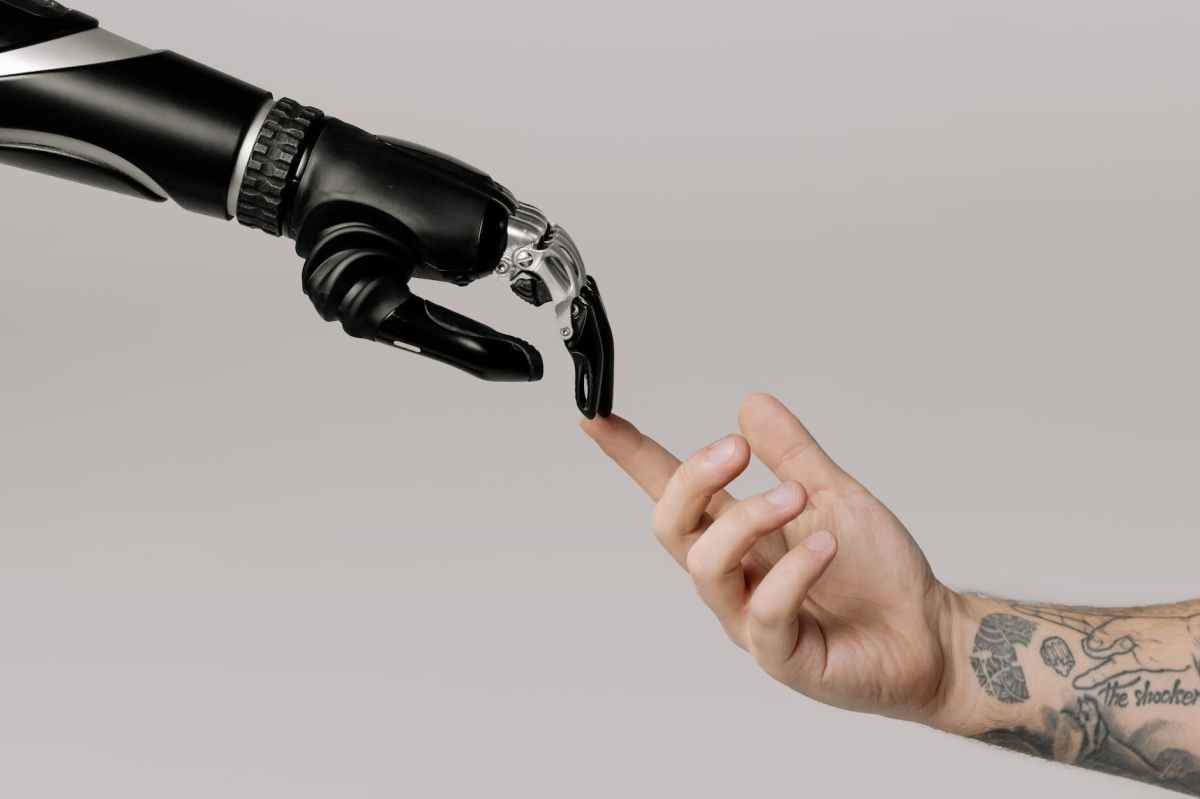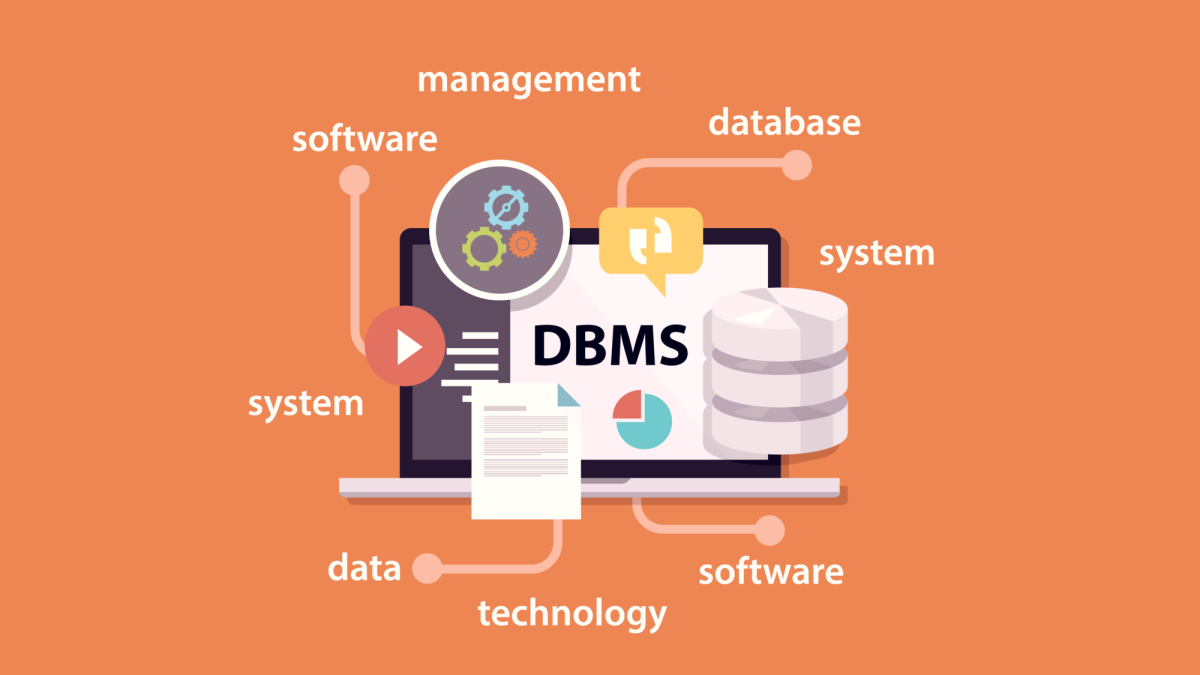Introduction
The Internet of Things (IoT) is a game-changer in technology, connecting devices seamlessly and transforming how we live and work. It offers the promise of making our lives more efficient, convenient, and sustainable (Ed Ted, n.d.). However, this transformation comes with important ethical and policy challenges. The vast amount of data being collected and shared through IoT raises concerns about privacy, security, and its impact on society (Singer & Perry, 2015). In this analysis, we’ll explore these ethical and policy dimensions of IoT, using insights from the “Ed Ted” video, as well as scholarly articles from the Brookings Institute and Intellectual Property & Technology Law Journal. Our goal is to illuminate the various aspects of IoT, emphasizing the need for clear ethical guidelines and strong policy frameworks to guide its development responsibly in this ever-evolving digital era. We’ll examine different viewpoints, support our analysis with reliable sources, and propose recommendations for a future where IoT coexists in harmony with ethical values and policy requirements. This analysis will thoroughly explore ethical implications and potential solutions, steering us towards a balanced IoT landscape that values individual rights, societal well-being, and technological progress.
Analysis
The “Ed Ted” video explains the Internet of Things (IoT), a way device can connect and communicate smoothly, changing how we live. It shows the potential of IoT to make things more efficient, convenient, and sustainable in various industries (Ed Ted, n.d.). However, it brings up ethical and policy challenges. The huge amount of data collected and shared in IoT raises concerns about privacy, security, and how it affects society (Singer & Perry, 2015). This analysis explores these ethical and policy aspects of IoT, using insights from the “Ed Ted” video and articles from the Brookings Institute and Intellectual Property & Technology Law Journal. Our aim is to shed light on different sides of IoT and stress the need for clear rules and strong policies to guide its responsible development in this digital age. We’ll look at different opinions, back our analysis with reliable sources, and suggest ways to ensure a future where IoT coexists with ethics and policy requirements. This analysis will deeply examine ethical considerations and possible solutions, moving us towards a balanced IoT world that values personal rights, societal welfare, and technological progress.
Examining the articles from the Brookings Institute and the Intellectual Property & Technology Law Journal gives us valuable insights into the different views on IoT. The Brookings Institute article, called “Alternative Perspectives on the Internet of Things,” shares detailed thoughts on how IoT affects privacy, security, and competition. It stresses the need for clear rules to handle privacy worries and encourage innovation (Schatz, 2016). Similarly, the Intellectual Property & Technology Law Journal article by Singer and Perry (2015) focuses on the privacy policies linked with wearables, a crucial part of IoT. The authors stress the importance of having clear and well-defined privacy policies to lessen risks linked with wearable technologies.
To understand the ethical problems and policy implications around IoT, we need to consider these different views. The video underlines the importance of dealing with privacy and security issues, hinting at possible consequences for society if not regulated properly. The Brookings Institute and Intellectual Property & Technology Law Journal articles support this understanding, emphasizing the need for strong policies to balance innovation with privacy and security. These sources stress the need for proactive actions to ensure IoT grows responsibly and is used responsibly.
To deal with the ethical and policy worries linked with IoT, we need a multi-sided plan. First, all parties involved need to work together to create clear regulations that support innovation while also protecting people’s privacy and security. This means setting clear rules on how data is collected, stored, and used in IoT systems. Second, companies need to be actively involved in creating and sticking to ethical principles that put user consent, data protection, and openness first. Lastly, educating the public through awareness campaigns and educational programs can help people make smart choices about their involvement with IoT technologies.
Making these recommendations a reality will require a combined effort from governments, technology companies, and individuals. Governments should create and enforce rules that make organizations accountable for acting ethically within the IoT world. Tech companies, on the other hand, need to think ahead and include ethical thinking in how they make and sell products. At the same time, people need to be informed consumers, understanding their rights and standing up for responsible IoT practices. Constant monitoring, regular policy reviews, and adjustments based on how technology changes are all vital parts of making sure IoT is ethical and responsible.
In conclusion, we need to be proactive to handle the possible ethical and policy issues from the Internet of Things. By recognizing how complex IoT is and considering various views, we can make a path for a future where innovation and privacy, security, and societal well-being all coexist happily. Teamwork, education, and clear rules will be essential in finding this important balance.
Conclusion
The Internet of Things (IoT) has the potential to change how we live and work, making things more efficient and eco-friendlier (Ed Ted, n.d.). However, our analysis shows that this great potential also raises ethical and policy concerns, especially about privacy, security, and how it impacts society (Singer & Perry, 2015). We stress the need for a well-rounded approach that carefully considers these concerns, balancing progress with privacy and security (Schatz, 2016).
Dealing with these IoT challenges requires a group effort. Governments, tech companies, and people need to work together to set clear rules and guidelines. This will lead to a responsible IoT system where progress and the rights of individuals, along with the welfare of society, are all in sync. By taking proactive steps and making informed choices, we can create a future where IoT’s potential is used in a way that is fair and environmentally responsible.
References
Ed Ted. (n.d.). The Internet of Things: A short introduction. Retrieved from http://ed.ted.com/on/VGdKwYzz#watch
Schatz, D. (2016, March 25). Alternative perspectives on the Internet of Things. Brookings Institute. TechTank. https://www.brookings.edu/blog/techtank/2016/03/25/alternative-perspectives-on-the-internet-of-things/
Singer, R. W., & Perry, A. J. (2015). Wearables: The well-dressed privacy policy. Intellectual Property & Technology Law Journal, 27(7), 24-27. https://link.gale.com/apps/doc/A420929651/AONE?u=tamp44898&sid=bookmark-AONE&xid=74b7983c

















